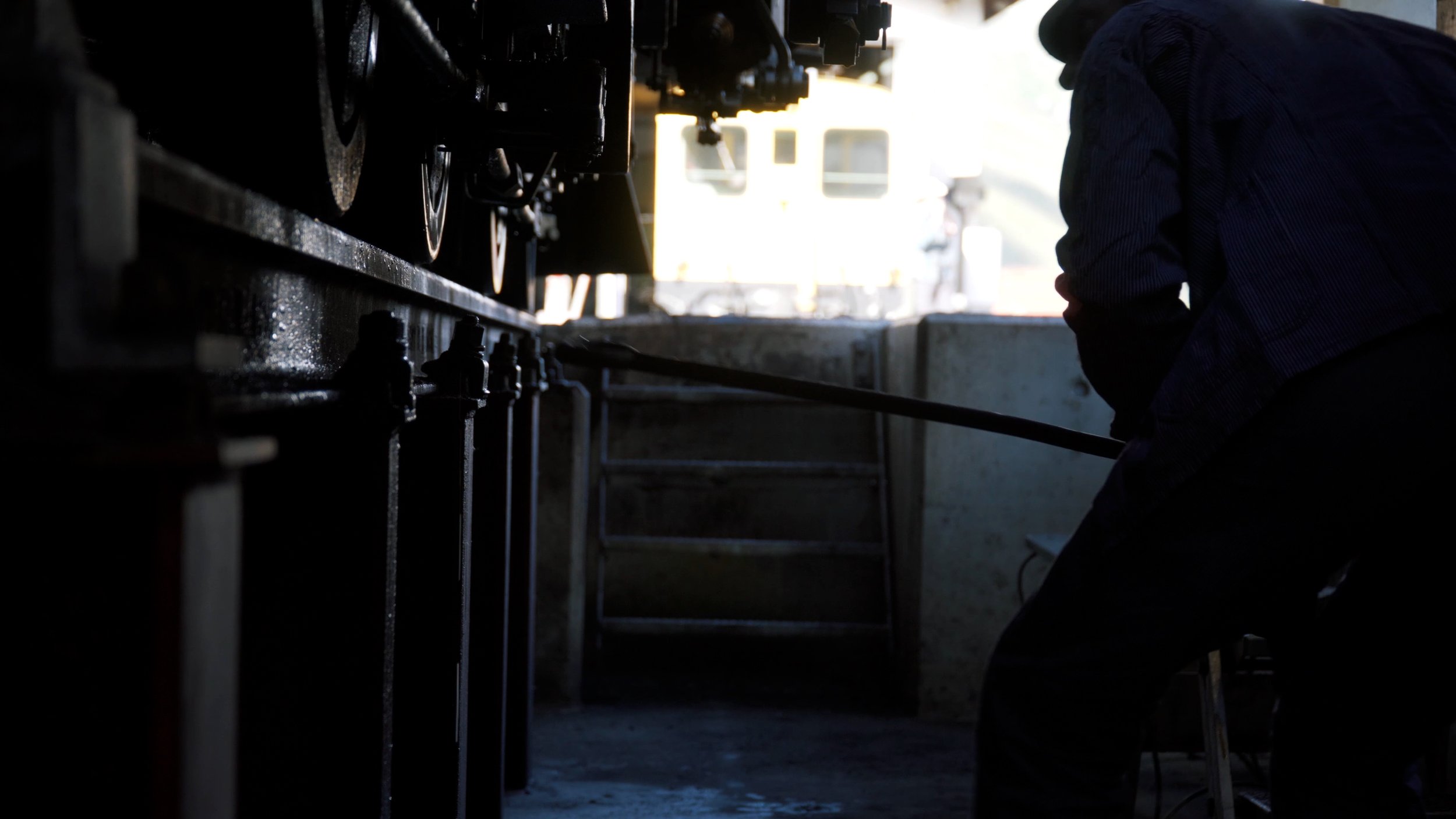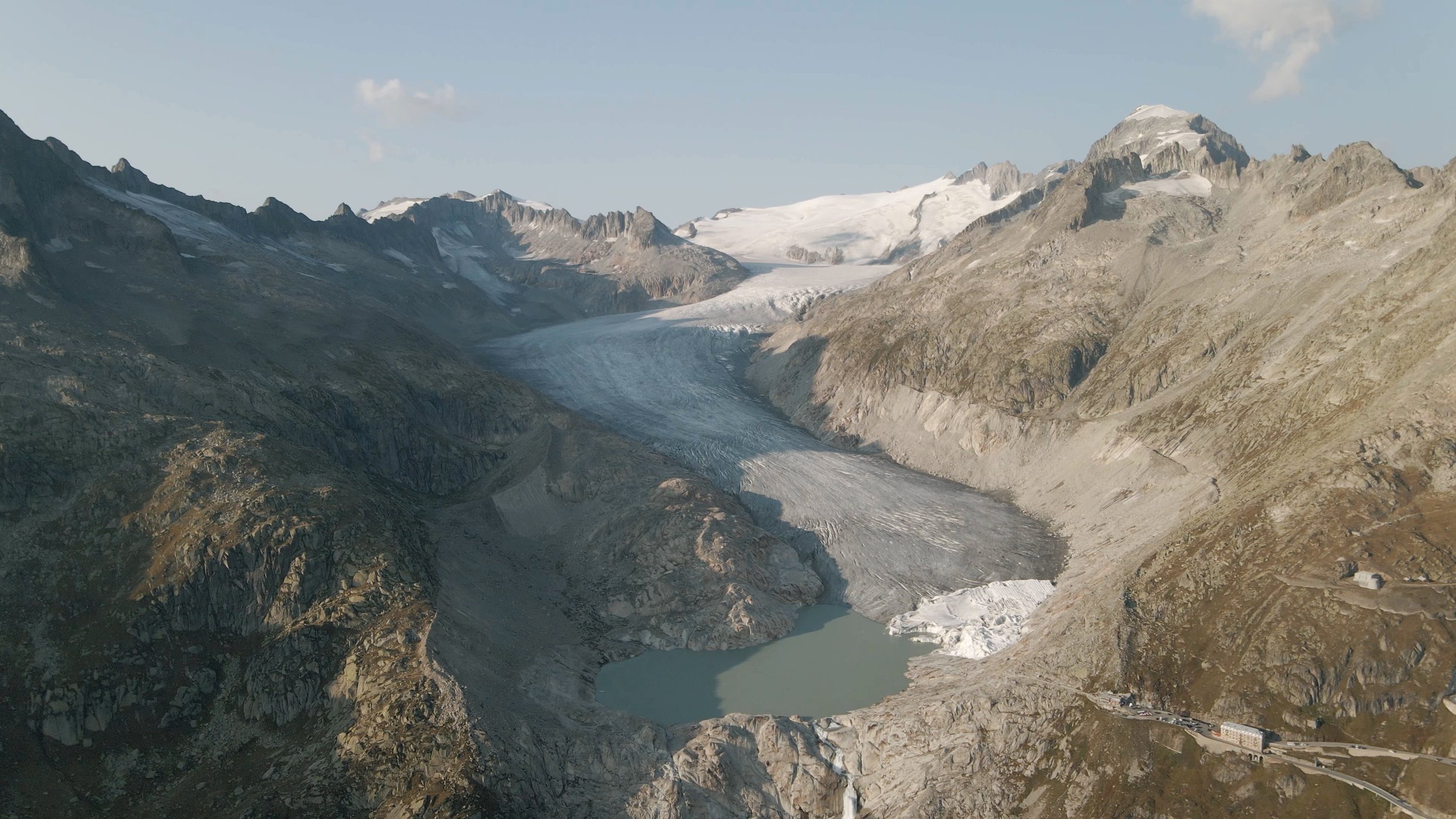Your thoughts on the film
I cordially invite you to give your valuable feedback on the film. Whether positive, critical or with suggestions for improvement - your opinion is important to me. Your feedback helps me to develop and shape future projects.
You can send me your feedback through various channels, be it by email or by commenting on my social media channels. Your opinion is welcome and will be carefully read and considered by me.
Thank you in advance for your support!
Details about the documentary
All interviews were recorded with two cameras. The main camera, with a converted focal length of 45mm, was positioned directly next to the interviewee, as can be seen in this shot of the interview with Elias Imfeld, a farmer from Ulrichen.
The focal length of the second, laterally placed camera was varied in the course of the conversation in order to be able to capture varied images. The use of artificial light can be seen beautifully in this picture by Raphael Kiechler. The diffuse main light creates shadows that give the face more character.
Even after the interviews, the interviewees took time to record additional cutaways. With glaciologist David Volken, for example, some shots were filmed in the glacier grotto. This allowed for more variety in addition to the second camera perspective.
In order to also visually link the protagonists with the topic of glaciers, suitable appealing filming locations were sought. Kilian Volken, a mountain guide who has avoided the Rhone Glacier for many years because of the fleece covering, was accompanied by the camera for a whole day on the Great Aletsch Glacier.
Throughout the documentary, the viewer is passively made aware of the melting of the Rhone glacier through water as a recurring element. For example, Karolin Wirthner, who lives with her partner in a remote hamlet, cleans some of her animals' cauldrons with water from her well.
"On Thin Ice" also addresses positive effects of glacier retreat with the person of Walter von Weissenfluh. He is pleased that new precious crystals are appearing in the high mountains as a result of the softening of the ice masses. In his interview, too, artificial light was deliberately used.
In this shot, which shows Andreas Schuler cleaning an old steam locomotive, the work with leading lines is recognisable. They give the image more depth and guide the viewer's gaze through the picture. Filming from atypical angles makes the doc more visually varied.
The use of aerial photos makes the dimensions of the glacier tangible. In addition, they enhance the quality of the product and promote the variety of the editing choices in the montage. The narrator's off-camera commentary is visually underscored by the drone footage and thus acquires more expressiveness.










